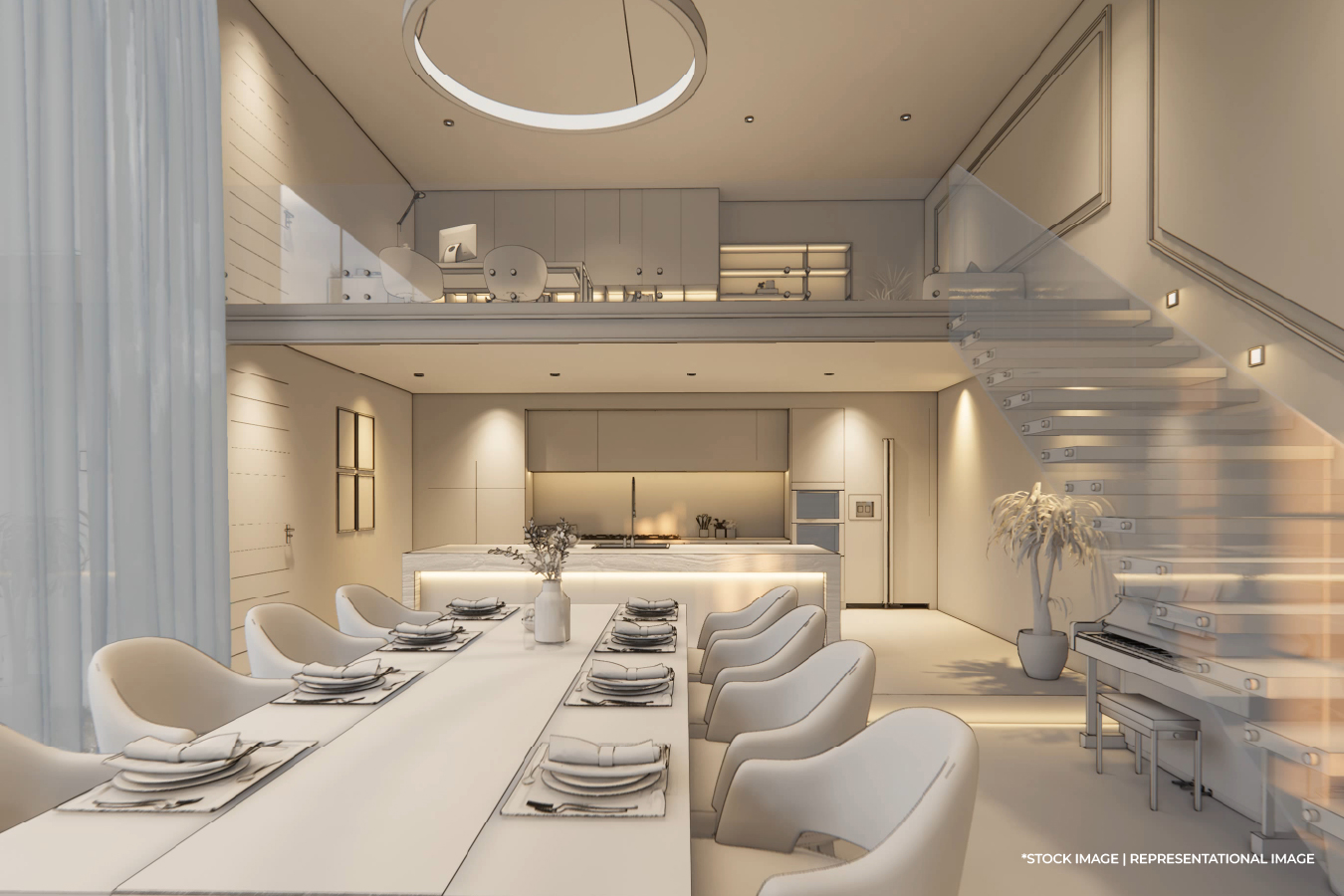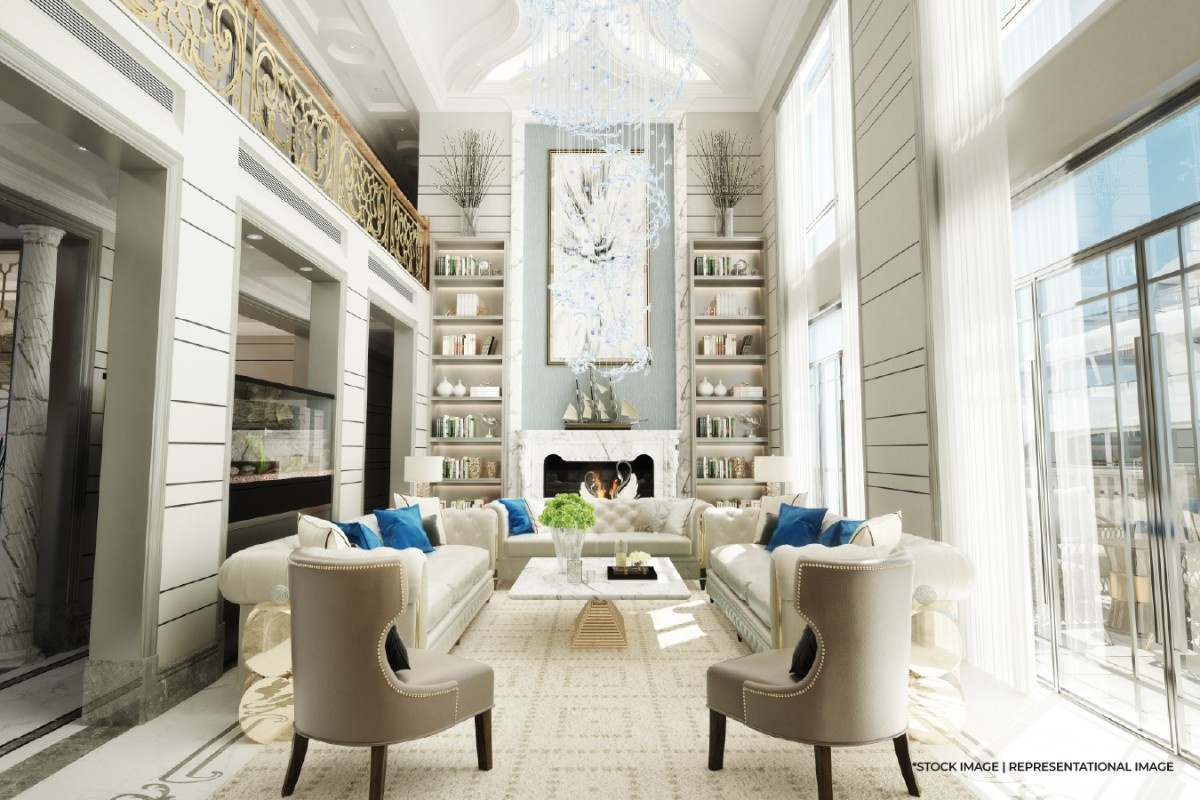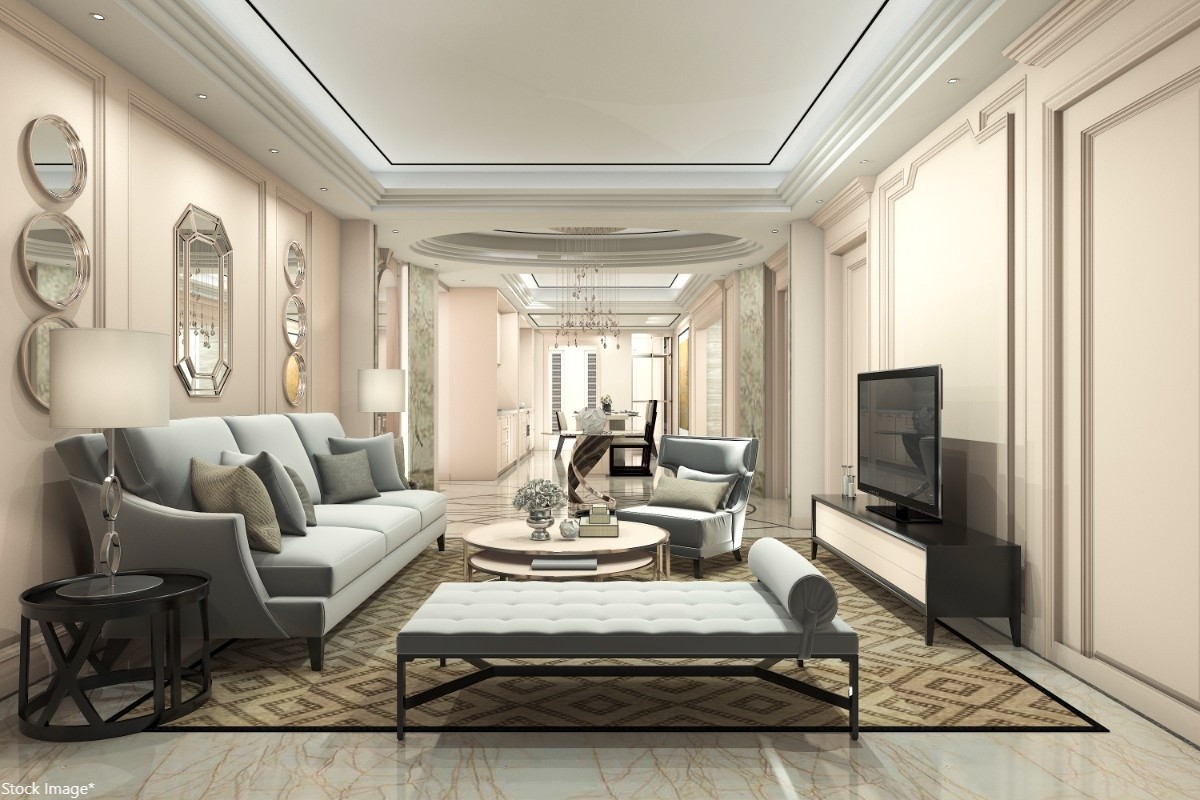Global Design Trends Influencing Indian Luxury Homes
Just as the Mughal emperors once seamlessly blended Persian architectural grandeur with Indian craftsmanship to create timeless monuments, today's luxury homeowners are orchestrating a similar cultural synthesis on a deeply personal scale.
India's affluent class, armed with global exposure and unprecedented wealth, is redefining luxury living by weaving international design philosophies into the rich tapestry of subcontinental aesthetics.
The result is a sophisticated new language of luxury that honors both heritage and contemporary global sensibilities.
How Global Capitals Set the Tone for Indian Design

India's luxury residential arena is experiencing a profound transformation, with international design capitals from Milan to Tokyo leaving indelible marks on the country's most exclusive addresses.
India's luxury residential real estate market, valued at USD 45 billion in 2024, is projected to reach USD 105 billion by 2030, a staggering 15% compound annual growth rate that reflects the sophisticated tastes of the country's expanding affluent class.
What's particularly fascinating is how Indian homeowners are interpreting global trends with intentional cultural grounding. Take the European minimalism that has captivated design circles from Stockholm to Milan in Indian luxury homes; those clean lines and muted palettes are punctuated by handcrafted brass handles from Rajasthan or antique Pichwai paintings as statement centerpieces.
This isn't mere decoration; it's cultural modernism at its finest, where global aesthetics serve as a canvas for distinctly Indian expressions of luxury.
The influence flows both ways, too. Indian craftsmanship is also gaining international recognition, with traditional artisans and luxury brands increasingly showcasing their work on global stages. This represents a broader trend of Indian luxury brands achieving international relevance while maintaining their cultural DNA.
Materials That Tell Stories

The material palette emerging in India's luxury homes reads like a global luxury manifesto written in local dialects. Milan Design Week 2025 emphasized luxurious materials with impeccable craftsmanship: a philosophy that resonates deeply with Indian luxury homeowners who appreciate both provenance and artistry.
Contemporary Indian homes feature Italian marble floors balanced with intricate handcrafted rugs, while modular kitchens boast European finishes accented by hand-crafted Indian metalwork.
The revival of traditional materials is equally noteworthy. Japanese furniture makers are reintroducing keyaki (zelkova) wood, while Indian artisans are creating sustainable luxury through ethically sourced bone inlay and mother-of-pearl furniture made from responsibly harvested materials.
Biophilic design has emerged as perhaps the most significant global trend reshaping Indian luxury living. Post-pandemic priorities have accelerated demand for nature-integrated spaces, with vertical gardens, indoor water bodies, and enhanced natural ventilation becoming standard features.
Over 40% of new luxury projects in 2024 incorporated eco-conscious elements, reflecting both global environmental consciousness and traditional Indian architectural principles that have long celebrated the harmony between built and natural environments.
Living the Global Standard at Home
The practical application of these global influences manifests in spaces designed for internationally minded lifestyles. India's high-net-worth individuals are increasingly exposed to global cities through travel and business, influencing their expectations for home design.
This demographic seeks homes that reflect their global experiences while providing deeply personal sanctuaries. Smart home integration allows for seamless automation that matches international standards.
Meanwhile, the rise of branded residences offers residents access to globally standardized amenities and services within distinctly Indian contexts.
The indoor-outdoor living concept, championed in design capitals from Los Angeles to Sydney, has found particular resonance in Indian luxury homes where traditional courtyards and verandas are being reimagined as sophisticated transition spaces.
Balconies are no longer afterthoughts but carefully designed extensions that connect private interiors to urban ecosystems or natural vistas.
For homeowners seeking to incorporate these trends, the key lies in thoughtful curation rather than wholesale adoption. Start with a global architectural framework, perhaps the clean geometry of Japanese minimalism or the textural richness of Italian design, then layer in personally meaningful Indian elements.
A Scandinavian-inspired dining room might feature a contemporary interpretation of traditional Indian seating, while a Milan-influenced living space could showcase contemporary Indian art alongside European furniture.
A Parisian reading nook could blend ornate French mouldings and a velvet chaise with jewel-toned Indian throws and a Mughal-inspired side table.
An American-industrial kitchen could bring together exposed brick walls and steel shelves, offset by bold Rajasthani tiles and copper utensils.
In each carefully chosen pairing, global design vernacular transforms into a personal language of luxury that speaks to both passport stamps and ancestral roots.
Living Between Worlds
The world's design capitals have found their most discerning students in India's luxury homeowners, who are rewriting the playbook on global sophistication.
These spaces don't just reference international style; they remix it, creating homes that are fluent in the visual vocabulary of everywhere yet rooted in the soul of somewhere specific.
The new Indian luxury elite isn't interested in carbon-copy cosmopolitanism; they're crafting spaces that feel like personal manifestos.





